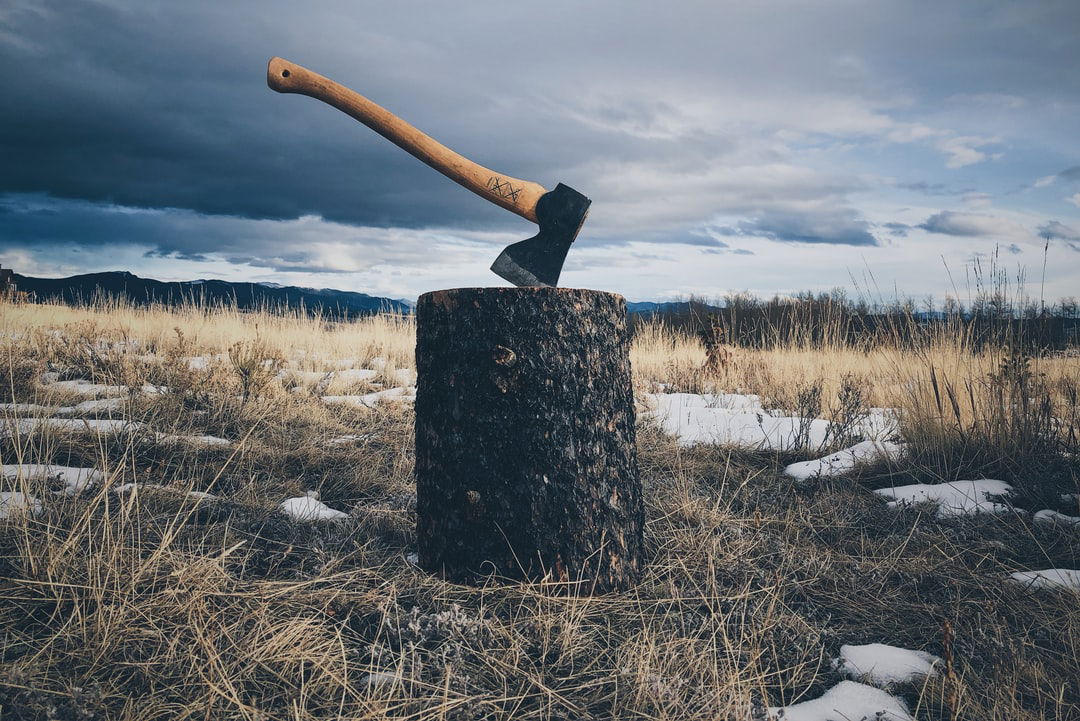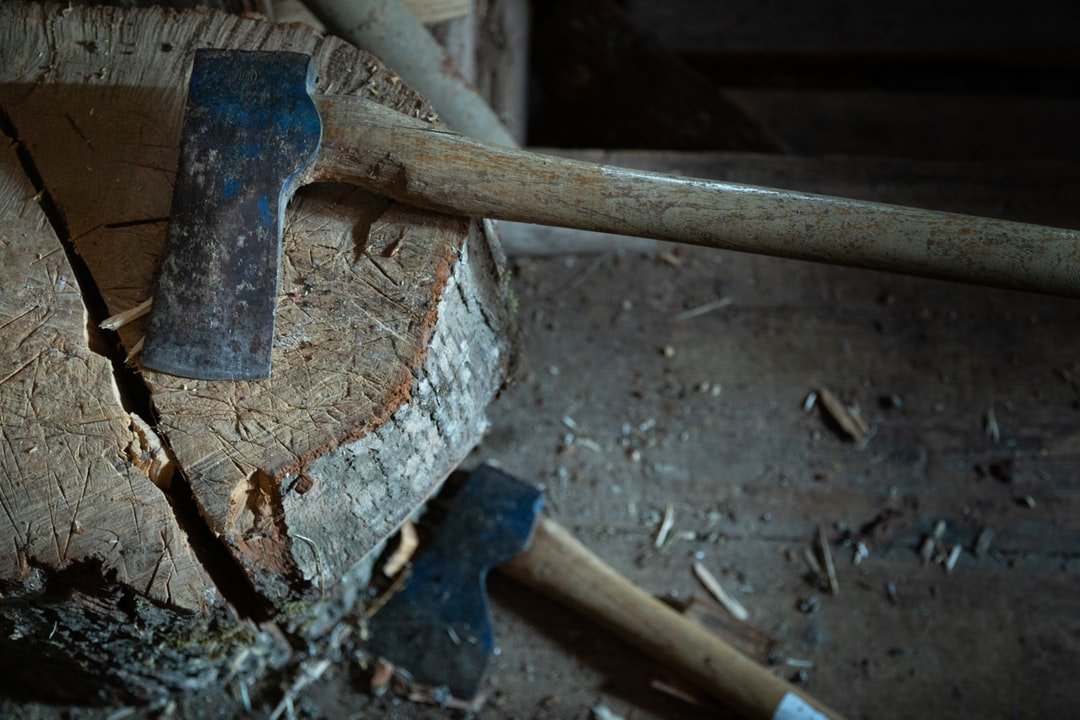
The Pulaski axe is also known as the fireman's axe due to the fact that it is used primarily by Forest Service employees. In addition to this, Ed Pulaskis is known to have been instrumental in saving many homes and lives during forest fires, including the tragic Hazel fire in Tennessee in 1911. The Pulaskis axe has a long history, with its origins being in Europe.
Ed was born in 1917 and served in the military in Europe before returning to the States to get his law degree at the University of Tennessee. He later worked in the forestry department for the Forest Service until he was honorably discharged in 1950. In addition to his service in the Forest Service, Ed also worked as a fireman in New York City. He worked on fire crews in the city in addition to helping fight fires from behind the scenes.
Upon his retirement from the Forest Service, Ed took a position as a camp manager at the West Virginia campgrounds, where he became acquainted with camping as a hobby. His interest in camping led him to start designing, building and selling a camping equipment business based out of his home. He soon sold his first product, called the 'Fireman's Cookbook.' This was designed to help people learn how to prepare food on a limited budget. The book quickly became a best seller and was soon selling over fifty thousand copies each year. For more details about quality pulaski axes, see page.
During the 1950's, Ed built up an extensive collection of woods, logs and other firewood needed for camping. He developed a simple but effective method in which to light the fires. After developing a simple system for storing his supplies, Ed then turned his attention to making axes.
When the new axe design was complete, Ed went on to create a series of books to teach people how to build their own axe. In his book 'The Woodman's Guide to the Pulaski', Ed shows people step by step how to build their own axe. He then wrote a book titled 'The Fireman's Handbook' that taught people how to make their own tool. axe. All of these books are still very popular today.
Ed's passion for firefighting and his love for teaching other people grew over the years. After retiring from the Forest Service, Ed continued to write, produce and sell his many books.
His reputation as an author, teacher and manufacturer allowed him to open his own production company. In this company, he began to create an assortment of axe designs that he could sell to consumers. These include an axe that could be used for hunting as well as building wood fires. His axe is still the most popular woodworking product on the market today.
Ed created a business model that continues to benefit many today. His axe was never intended for commercial sale and was never intended to be used as a tool for fighting fires. It was his passion and dedication that kept him on top of his game, providing his customers with a product that was designed to be used in one way or another. His axe has helped countless people around the world continue to enjoy their outdoor activities with enjoyment. Take a look at this post https://en.wikipedia.org/wiki/Axe elaborating more about axes.


